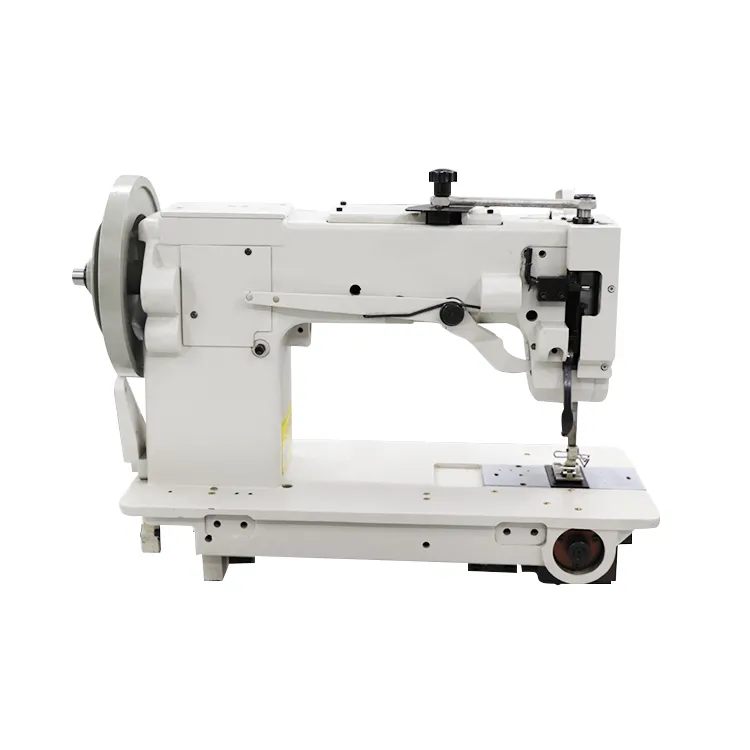embroidery zig zag stitch
The Art and Technique of Zig Zag Stitch in Embroidery
Embroidery is a timeless craft that has evolved through centuries, showcasing creativity and cultural expressions across the globe. Among the myriad of stitching techniques, the zig zag stitch stands out for its versatility and decorative potential. This article delves into the intricacies of zig zag stitch in embroidery, exploring its applications, benefits, and how to master this essential technique.
Understanding Zig Zag Stitch
The zig zag stitch is characterized by its sharp, angular movements, forming a zigzag pattern that can vary in width and length according to the desired effect. This stitch is often used for both functional and aesthetic purposes, making it a favored choice among embroiderers. Functionally, it can be employed to finish raw edges to prevent fraying, while aesthetically, it can add flair to designs, create texture, and even mimic certain patterns found in nature.
Historical Context
Historically, the zig zag stitch has roots that can be traced back to traditional hand embroidery, although its modern form has been largely popularized with the advent of sewing machines. Originally, embroidery was done painstakingly by hand, with artisans using various stitches to convey stories, heritage, and artistry. As sewing machines grew in popularity, they introduced the zig zag stitch as a standard feature, making it easier for crafters to achieve uniform results and expand their artistic horizons.
Applications in Embroidery
Zig zag stitch is incredibly versatile, lending itself to various applications
1. Edge Finishing One of the primary uses of the zig zag stitch is to finish the edges of fabric, preventing them from fraying. This is especially useful in garments where raw edges could lead to wear and tear over time.
2. Filling Areas The stitch can fill larger areas within a design, creating a textured effect that adds depth and interest. By adjusting the width and length, embroiderers can fill spaces effectively while maintaining a visually appealing profile.
3. Applique In applique work, zig zag stitching is often used to secure layers of fabric. Its contrasting lines can delineate shapes and create a striking visual impact on various projects, from clothing to home decor.
4. Decorative Designs Artists frequently employ zig zag stitch in free-motion embroidery to create abstract designs or mimic natural elements like waves and mountains. Its ability to curve and bend allows for creative freedom that can result in stunning pieces.
Benefits of Zig Zag Stitch
embroidery zig zag stitch

The zig zag stitch is not only desirable for its aesthetics but also offers several practical benefits
- Durability This stitch creates a strong hold on fabric, making it ideal for projects that require additional strength, such as bags or quilts.
- Flexibility Unlike straight stitches, the zig zag stitch adapts easily to curves and corners, allowing for intricate designs without compromising on technique
.- Ease of Learning For beginners, mastering the zig zag stitch can provide a foundation for more complex techniques. It introduces key sewing principles such as tension, distance, and stitch regulation that are essential in embroidery.
Tips for Mastering Zig Zag Stitch
To harness the full potential of the zig zag stitch, here are some practical tips
1. Experiment with Settings Most sewing machines allow you to adjust the width and length of the zig zag stitch. Experiment with these settings to find what works best for your fabric and design.
2. Practice on Scrap Fabric Before starting your actual project, practice on scrap fabric. This will help you get comfortable with the machine and understand how fabric behaves under the stitch.
3. Combine with Other Stitches Don’t be afraid to incorporate zig zag stitch with other embroidery techniques. Mixing stitches can create unique patterns and texture, adding depth to your work.
4. Use Proper Thread Selecting the right thread for your fabric is crucial. Consider using contrasting thread colors to make the zig zag stitch pop or matching colors for a more subtle effect.
Conclusion
The zig zag stitch is a fundamental yet expressive tool in the world of embroidery. Its blend of functionality and beauty makes it an essential technique for both novices and seasoned crafters alike. As one explores the possibilities of this stitch, creativity knows no bounds, allowing each piece to tell its own unique story woven through the art of embroidery. Whether for practical applications or artistic expression, mastering the zig zag stitch can open up a world of embroidery possibilities and enhance the joy of crafting.
-
Zigzag Sewing MachineNewsMay.12,2025
-
Single Needle Sewing MachineNewsMay.12,2025
-
Overlock Sewing Machine PriceNewsMay.12,2025
-
Heavy Duty Industrial Sewing MachineNewsMay.12,2025
-
FIBC Sewing MachineNewsMay.12,2025
-
Cylinder Bed Sewing MachineNewsMay.12,2025
-
Revolutionizing Sewing with CNC TechnologyNewsMar.28,2025





























